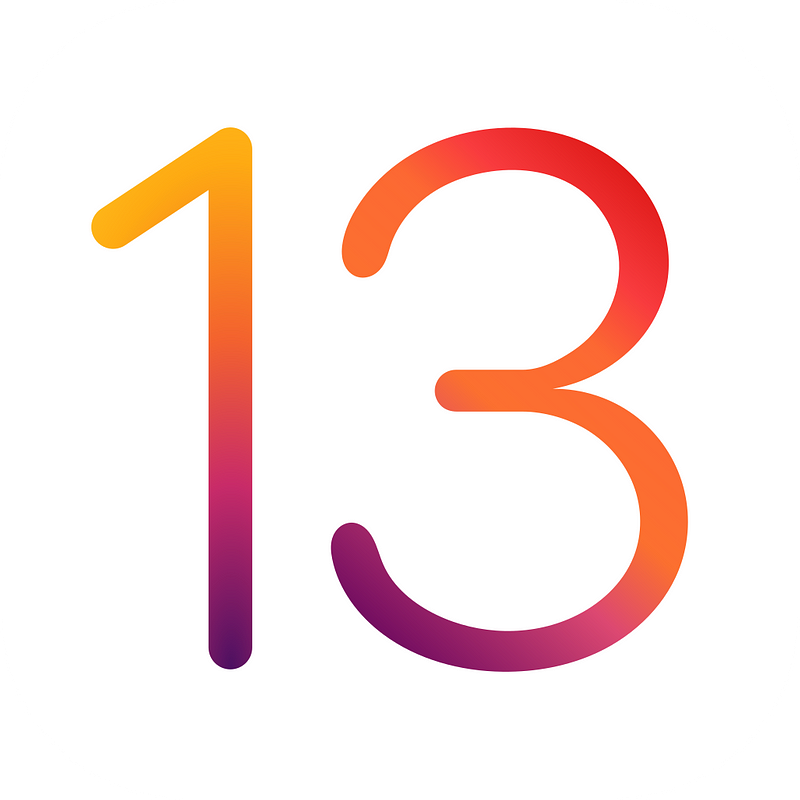
What is the first thing you do when you wake up and the last thing you do before you go to bed? For most of us the answer is probably the same: we check our phones.
Our iPhones have become a large part of our daily lives; they are a way to keep in contact with friends and stay updated on news. Yet, when the notification pops up that a new update is available, we either ignore it or click it without thinking about the actual new features that will come with the new iOS software. Still, in the past few weeks, there has been more buzz than usual about iOS 13 and its new features.
One of the major changes in iOS 13 is the addition of Dark Mode, which everyone either loves or hates. Around campus, many students talked about how they preferred it because it is potentially less damaging to their eyes or simply because of the aesthetic, as the white background of apps changed to black.
Personally, I tried Dark Mode out for about a week but I just could not get used to it. I found myself feeling like it wasn’t my phone and after this test run, I decided to switch back to Light Mode. It was dark and depressing to look at my black iMessages or Instagram feed, and I didn’t feel like it improved my experience on my phone.
There has also been a lot of discussion about the addition of gender-neutral emojis and mixed-race couple emojis, two of the most important and much-needed new features of iOS 13. These additions have long been called for by many members of these communities, and rightly so. iPhone users can now find any desired skin tone combination of the couples emoji, along with any gender combination as well. Apple is definitely moving in the right direction by giving better representation to all types of relationships.
Many of the gendered face emojis now have a gender neutral option, with the person wearing gray clothes rather than pink or blue. The haircuts on the emoji are neither long nor short and do not indicate conventional markers of gender. In addition, emojis with people in wheelchairs were among the new additions, giving more representation to communities of people with disabilities. Although it took Apple a while to get here, I am pleased to see even a small change in our digital world. Emojis may play a small part in most of our lives, but I see this as just the start of future change in creating a larger voice and platform for all societal groups.
Although in the grand scheme of things these changes to emojis may not seem very large, the small changes can make the biggest differences, especially considering how often we use our phones.
As Apple continues to improve their systems, they give us even more to look forward to with the next iOS updates.

















